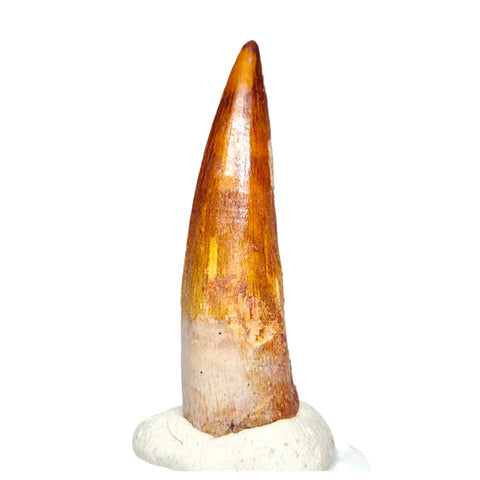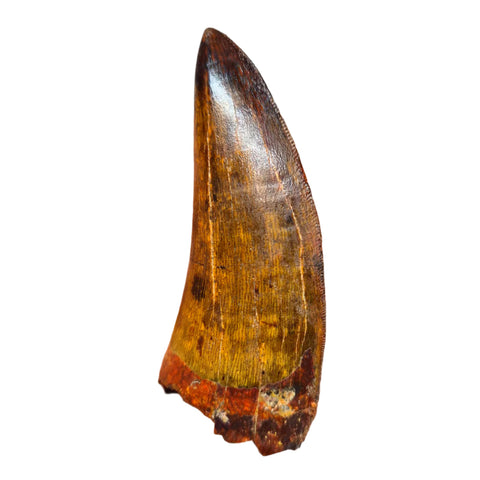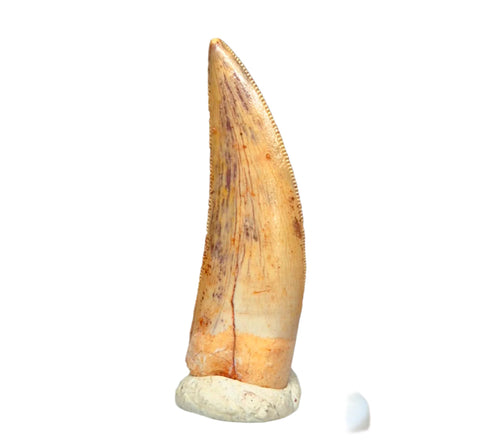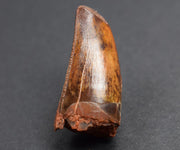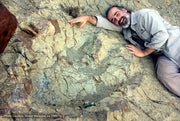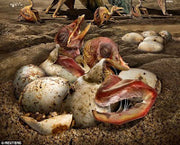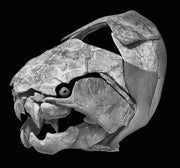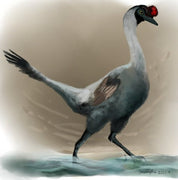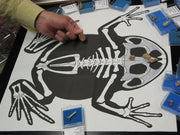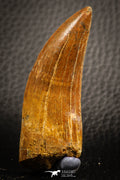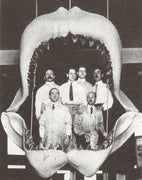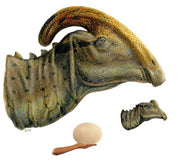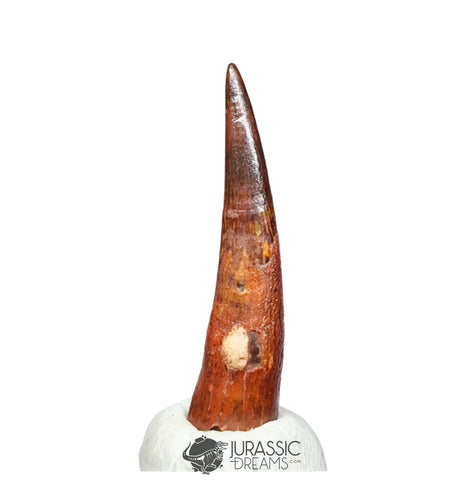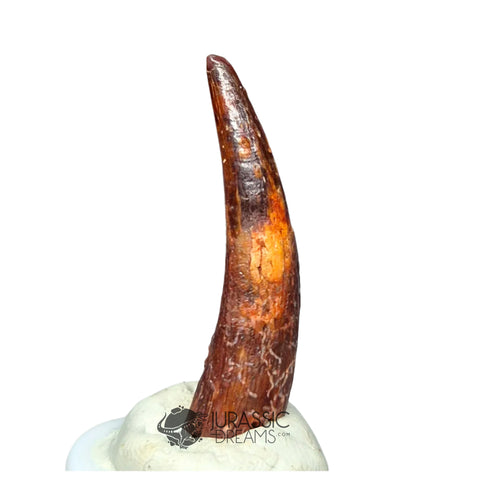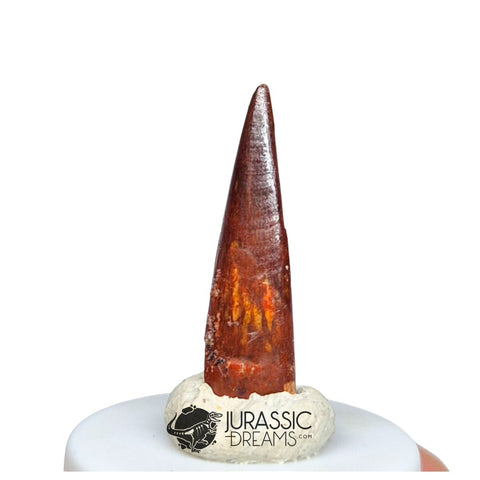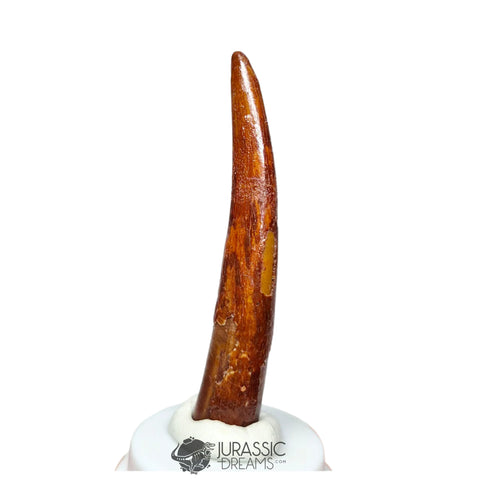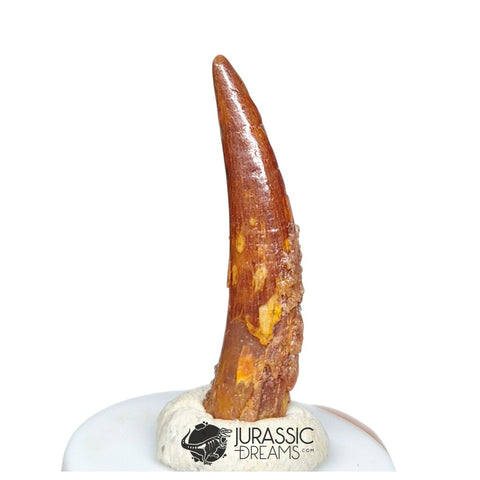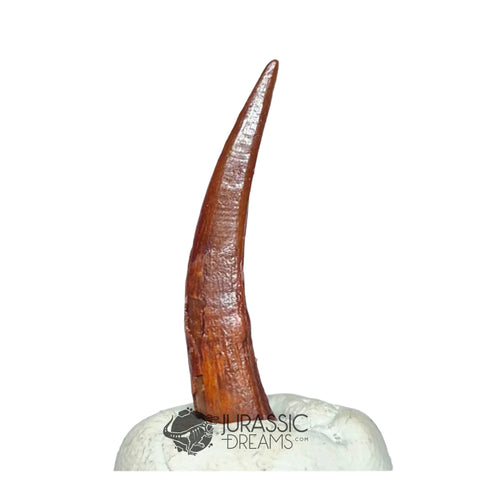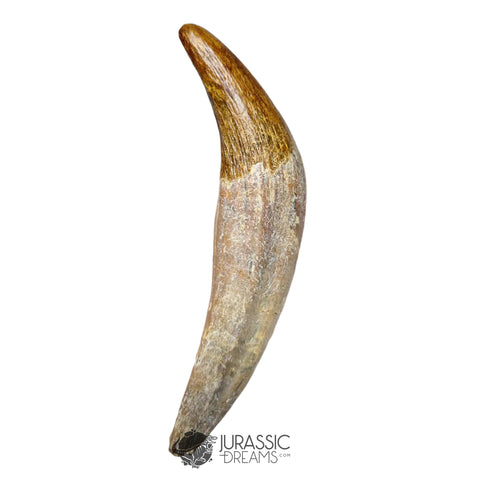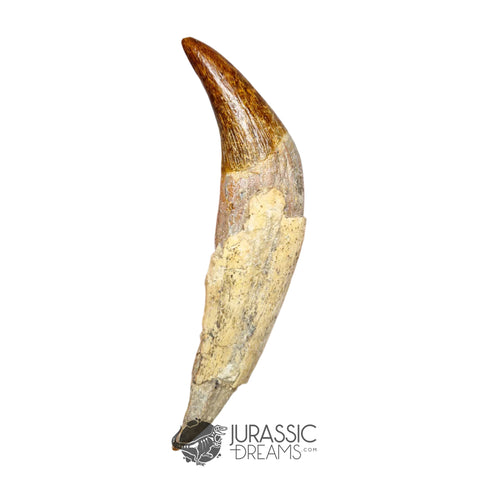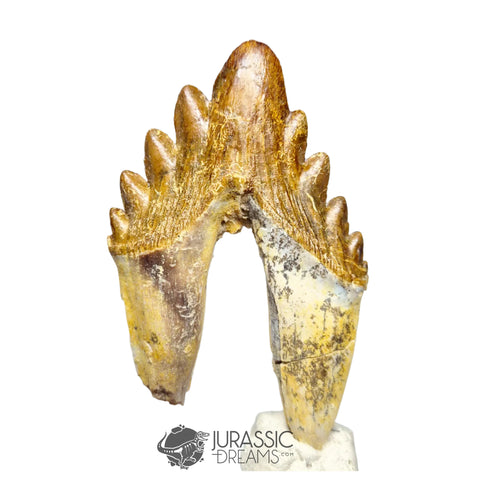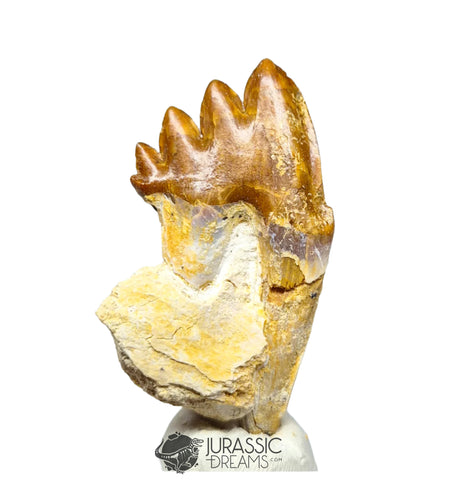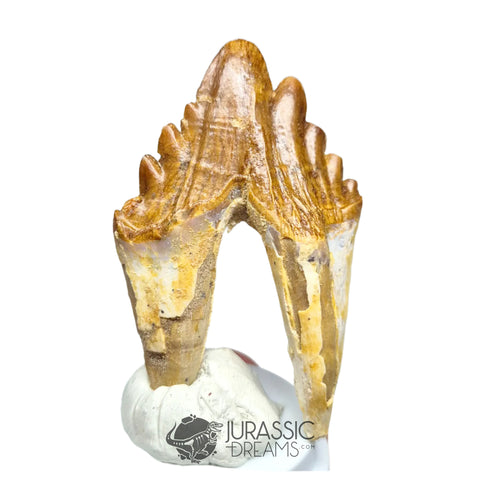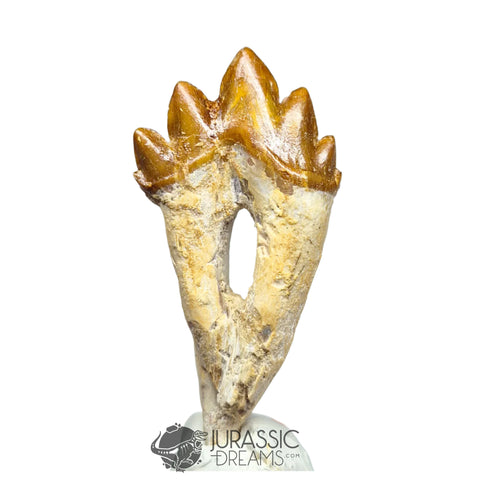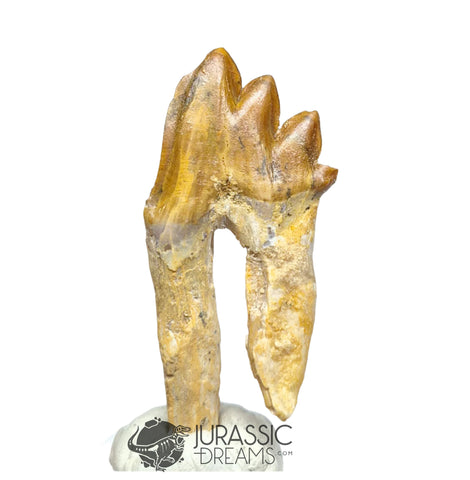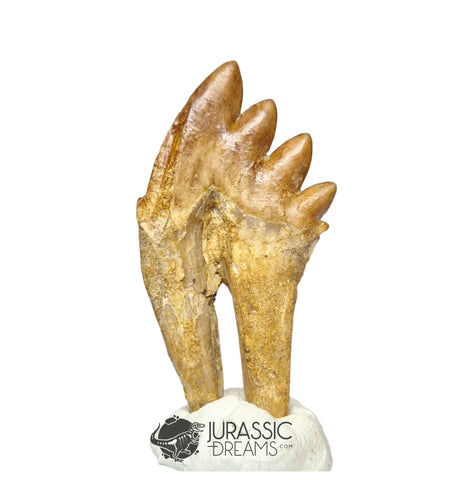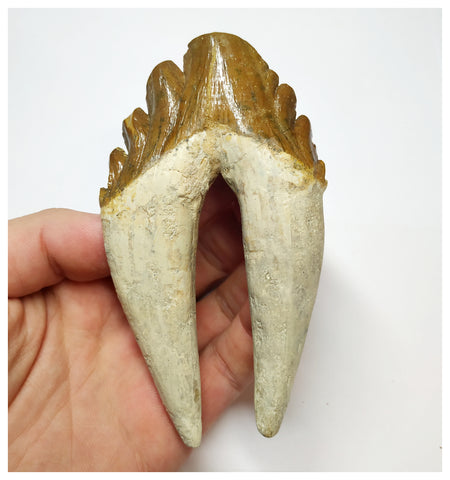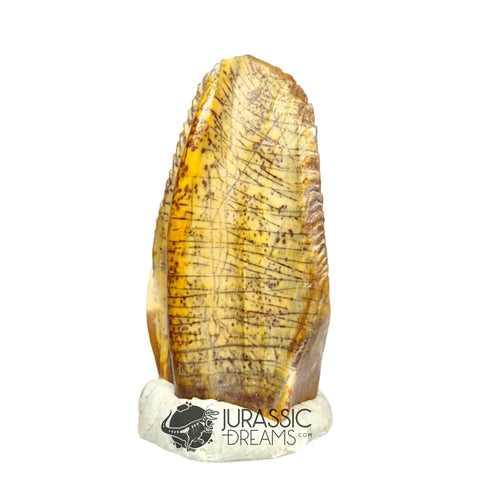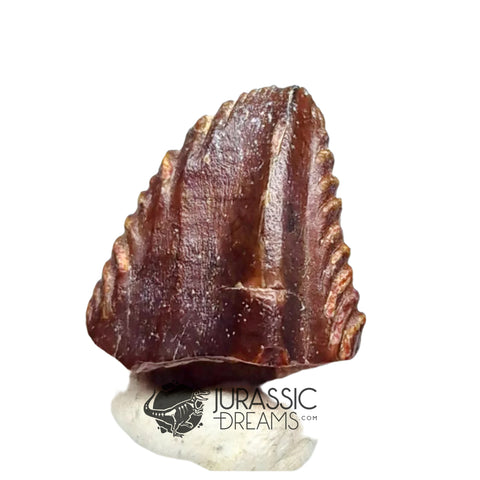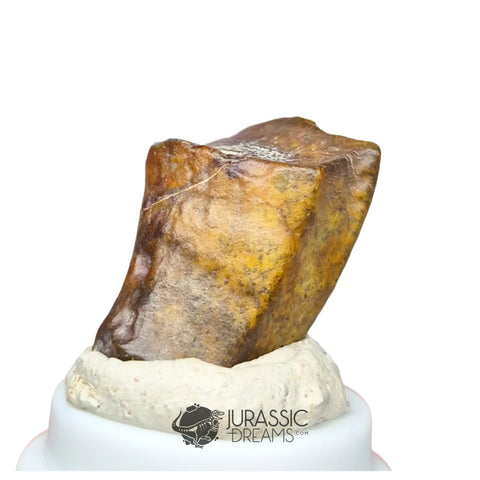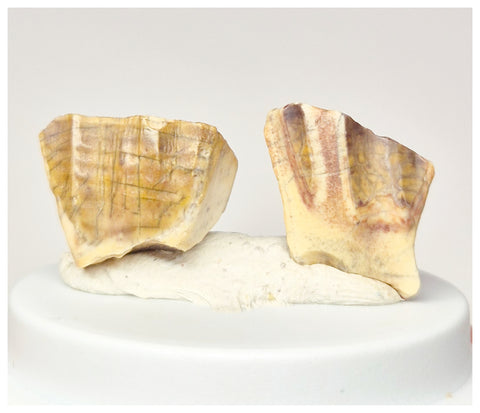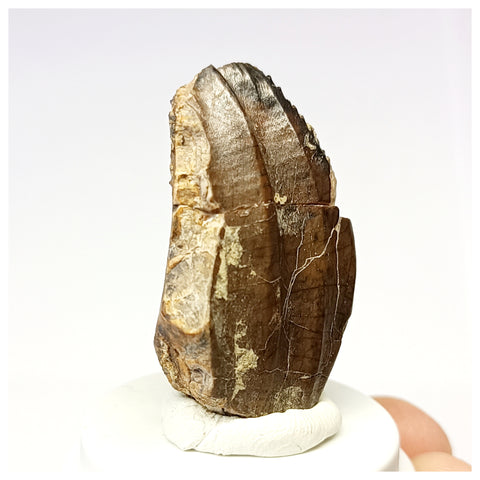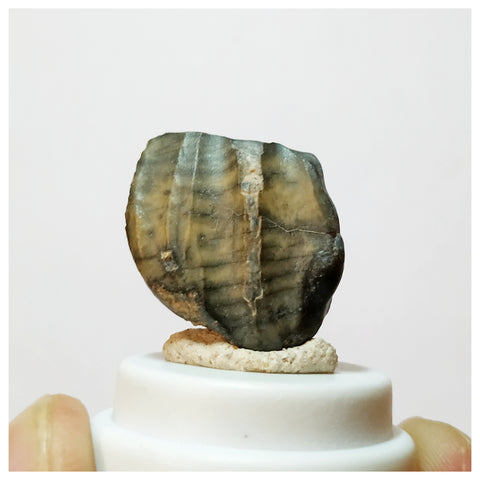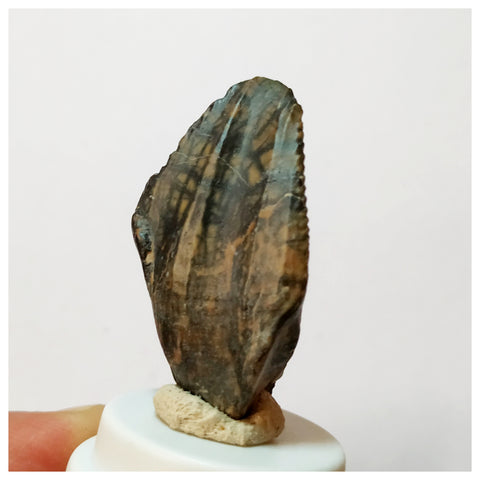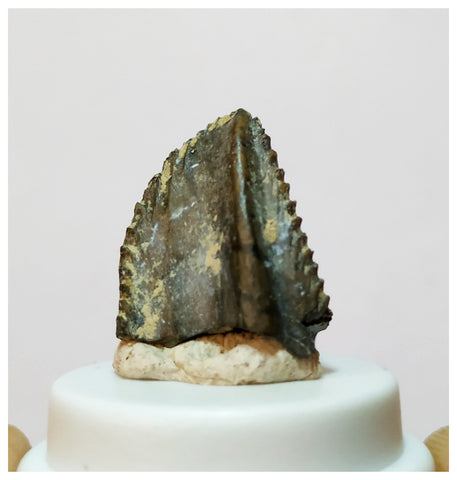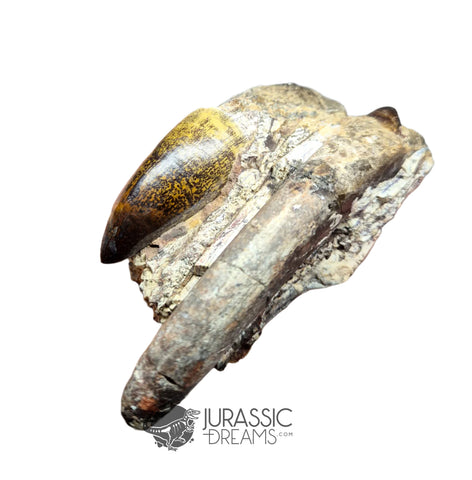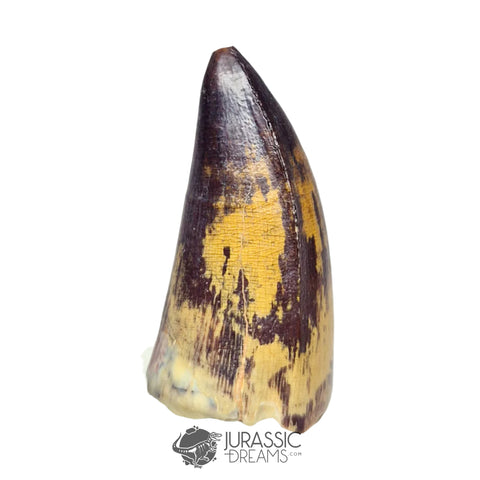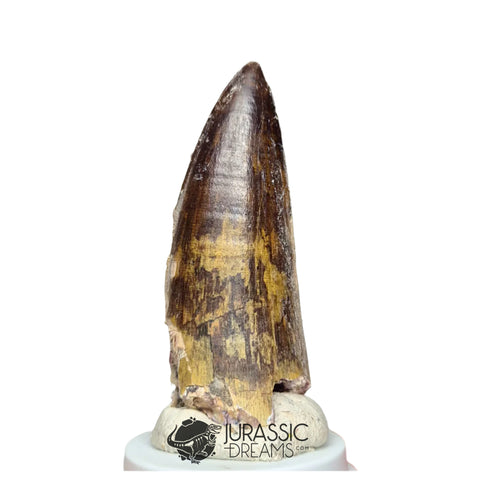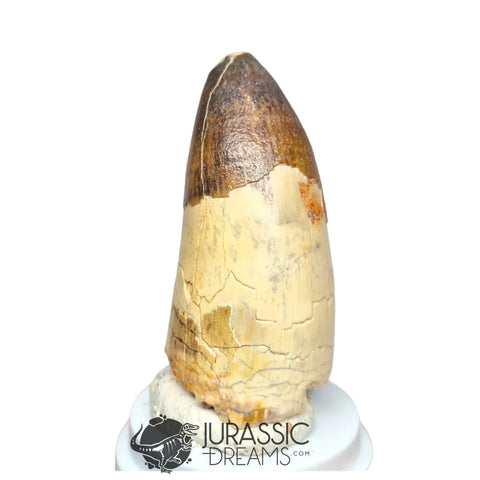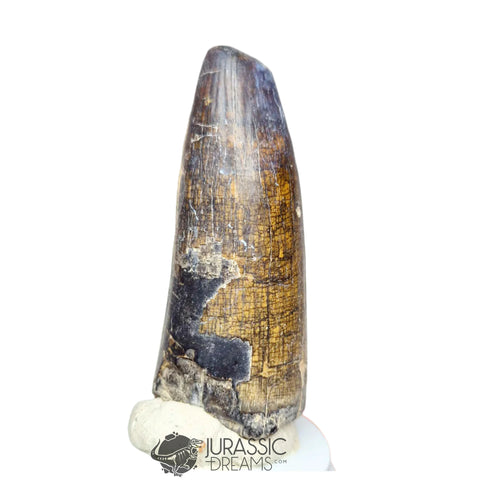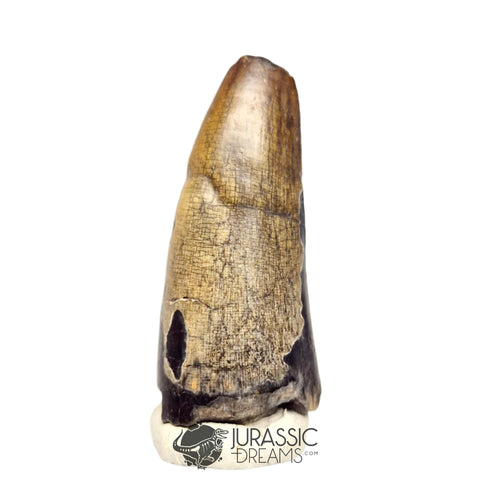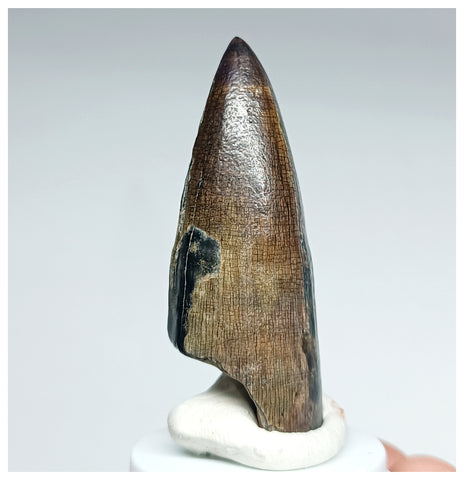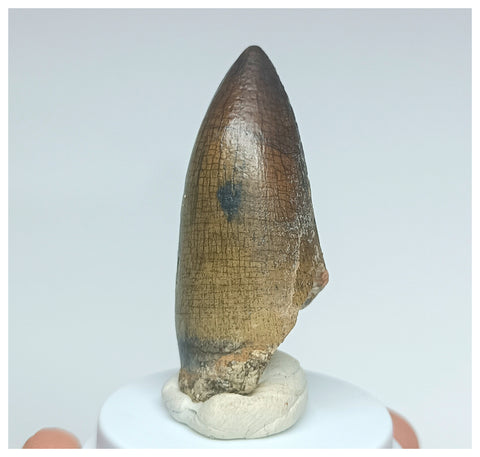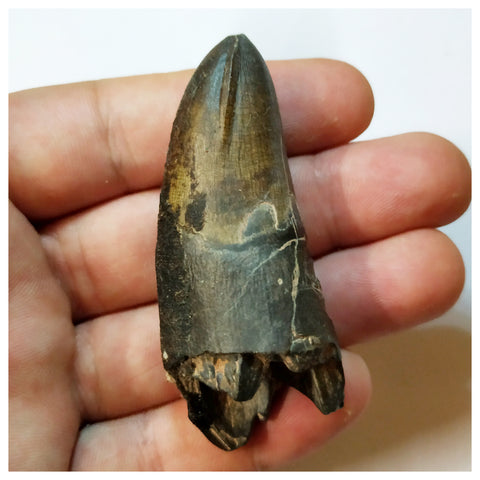During the first years of the 19th century in Louisiana, fossilised giant bones became very popular. They belonged to a prehistoric creature, but that did not matter to many of the locals who used those bones as improvised furniture.
Some of those fossils were sent to an important anatomist who studied and baptised the animal. He thought it was a huge marine reptile and called it Basilosaurus, which in ancient Greek means "reptilian king".

Illustration of the "giant snake" skeleton.
The abundance of giant fossils was well known and Albert Koch saw the opportunity to do business. He recovered in Alabama various bones with which he formed a skeleton of almost 40 metres that was exposed in New York and later in Europe.
But the creature was not presented as the complete skeleton of a Basilosaurus, but as the true skeleton of a giant sea snake that he called: Hydrarchos sillimani. Subsequently it was shown that the bones were actually from 5 different animals, and some were not even Basilosaurus. Unfortunately this skeleton has not reached our days since it was destroyed in the great fire of Chicago.
By then Richard Owen had already observed several errors, among them that the fossils were not of a reptile, but of a marine mammal similar to a whale. And although he tried, it was impossible to change the name of the animal, since the oldest reference predominates. So, the "king reptile" was actually a mammal.

Basilosaurus skeleton compared to human figure.
Today we know that Basilosaurus lived 45 million years ago and that it was extinct at the beginning of the Oligocene, possibly due to climate change. It is the first large cetacean to appear in the fossil record and is characterised by having a very thin and elongated body, and two tiny hind legs. Those two small limbs could have a function in copulation, although it is still an unconfirmed theory.

By frequenting coastal areas and shallow waters, and being very widespread in the world, its fossils are well known and abundant. They are found in America, Africa and the Middle East.
Cryptozoology has proposed the Basilosaurus as a candidate for the solution of several mysteries such as Gambo, Nessie or the Ogopogo. Although the reality seems to indicate that unfortunately it is an extinct creature.
Germán Z. López
This post can also be read in Spanish at our partner blog Made in Pangea.
Illustrations:
BBC documental Caminando entre las bestias
www.hidrarchos.org
Sources:
- Owen, R. (1842). Observations on the Basilosaurus of Dr. Harlan (Zeuglodon cetoides, Owen). Geological Society of London.
- Gibbes, R. W. (1847). On the fossil genus Basilosaurus, Harlan, (Zeuglodon, Owen) with a notice of specimens from the Eocene green sand of South Carolina. Journal of the Academy of Natural Sciences of Philadelphia.
- Gingerich, P. D. (2002). Progress on the origin of whales. Geoscience News.








